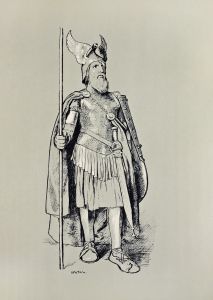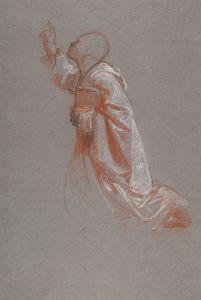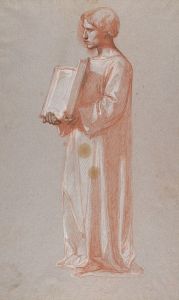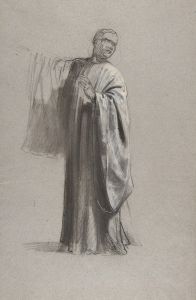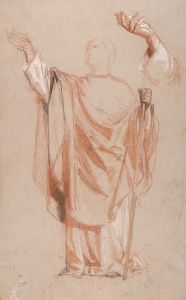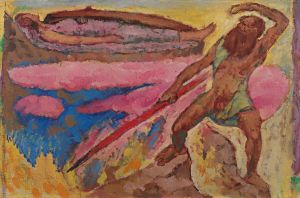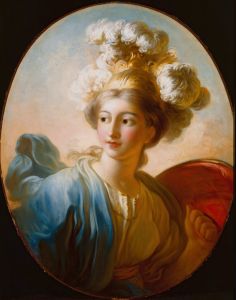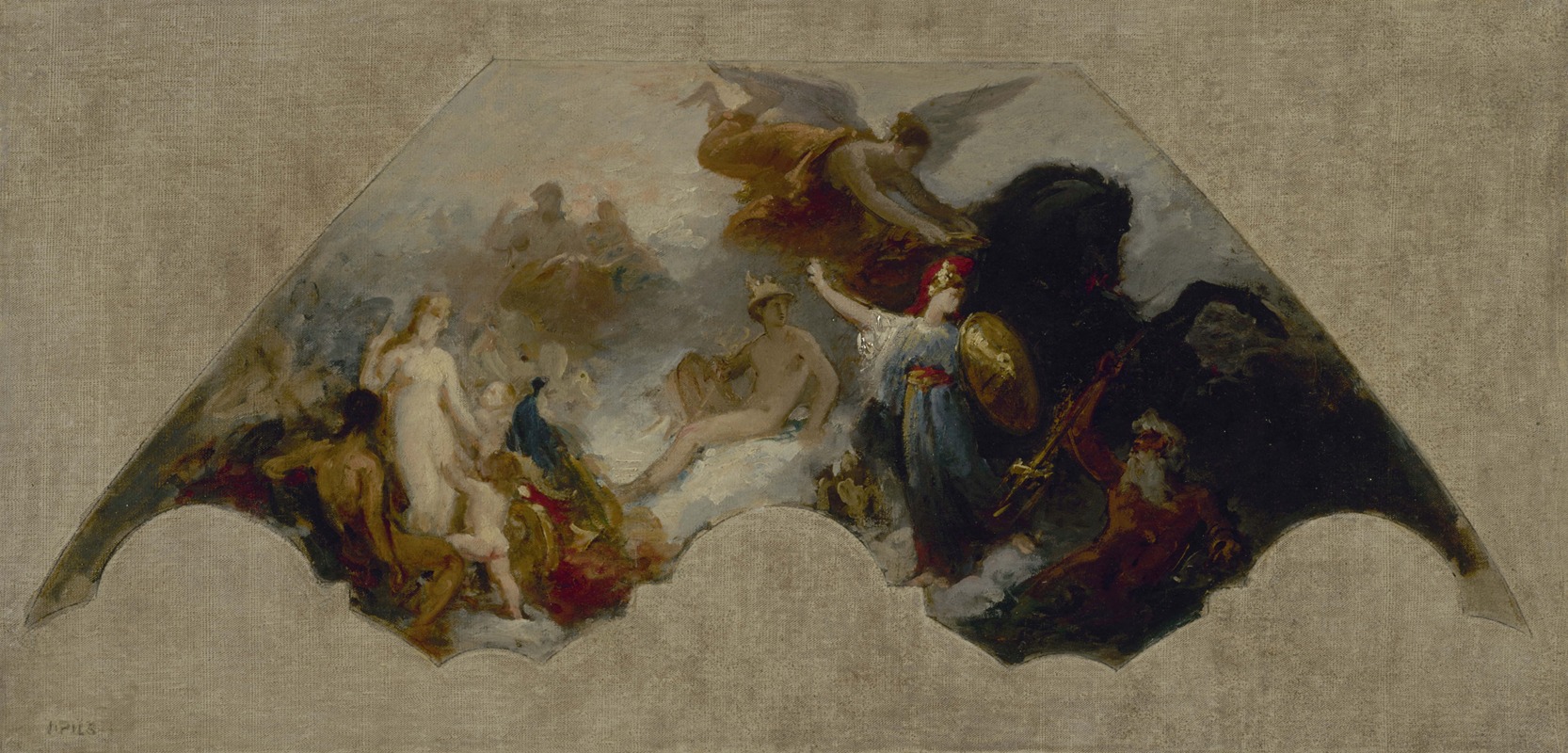
Minerve combattant la Force brutale devant l’Olympe réuni.
A hand-painted replica of Isidore Pils’s masterpiece Minerve combattant la Force brutale devant l’Olympe réuni., meticulously crafted by professional artists to capture the true essence of the original. Each piece is created with museum-quality canvas and rare mineral pigments, carefully painted by experienced artists with delicate brushstrokes and rich, layered colors to perfectly recreate the texture of the original artwork. Unlike machine-printed reproductions, this hand-painted version brings the painting to life, infused with the artist’s emotions and skill in every stroke. Whether for personal collection or home decoration, it instantly elevates the artistic atmosphere of any space.
Isidore Pils' painting Minerve combattant la Force brutale devant l’Olympe réuni (translated as Minerva Combating Brutal Force Before the Assembled Olympus) is a significant work by the French academic painter Isidore Pils (1813–1875). The painting was completed in 1861 and is a large-scale allegorical composition that reflects the artist's mastery of historical and mythological themes, which were highly valued in 19th-century academic art.
The artwork depicts the Roman goddess Minerva (the equivalent of the Greek goddess Athena), symbolizing wisdom, strategy, and the arts, in a dramatic confrontation with Brutal Force. The scene is set before the assembled gods of Olympus, who observe the conflict. Minerva is portrayed as a heroic figure, embodying reason and civilization, standing against the chaos and violence represented by Brutal Force. The painting's allegorical nature reflects the 19th-century fascination with classical mythology as a means of exploring moral and philosophical ideas.
This work was commissioned for the ceiling of the Salle d'État in the Louvre Museum in Paris, where it remains today. The Salle d'État, also known as the Hall of State, is a grand gallery that houses some of the most important works in the Louvre's collection. Pils' painting was part of a larger decorative program for the museum, which included contributions from other prominent artists of the time. The painting's placement on the ceiling required Pils to adapt his composition to be viewed from below, a challenge that he met with skillful use of perspective and dynamic figures.
Isidore Pils was a prominent figure in the French art world during the mid-19th century. He studied at the École des Beaux-Arts in Paris and won the prestigious Prix de Rome in 1838, which allowed him to study in Italy. His works often focused on historical, religious, and allegorical subjects, and he was known for his meticulous attention to detail and dramatic use of light and shadow. Minerve combattant la Force brutale devant l’Olympe réuni is considered one of his most ambitious and accomplished works.
The painting reflects the academic style of the period, characterized by its emphasis on classical themes, idealized figures, and a polished, highly finished technique. It also demonstrates the influence of Pils' training in the traditions of the French Academy, which prioritized historical and mythological subjects as the highest forms of artistic expression.
Today, the painting remains an important example of 19th-century French academic art and continues to be admired for its technical excellence and the grandeur of its allegorical vision. Visitors to the Louvre can view the work in its original context, as part of the museum's historic architectural and artistic ensemble.





